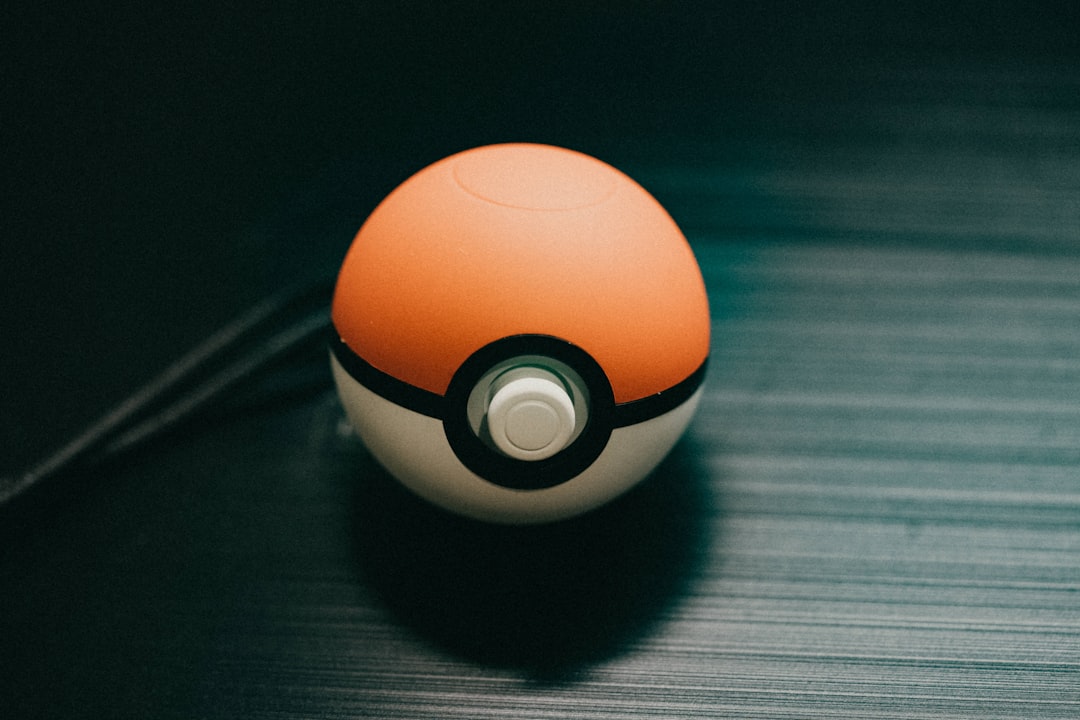What is it about?
Humans are prone to approach rewards and withhold when faced with threats and therefore are vulnerable to the reward and loss cues in the environment. We use PET-imaging in 100 participants to index stable individual differences in dopamine transmission and show that the extent to which decisions are biased by reward and loss can be explained by individual dopamine system and memory capacity.
Featured Image

Photo by Victoriano Izquierdo on Unsplash
Why is it important?
In our daily life, much of what we do is determined by our biases. These biases help us survive but could also contribute to maladaptive behavior. Individual variability in Pavlovian biasing can account for individual differences in many neuropsychiatric disorders such as addiction. Therefore, it is key to understand the neurobiological mechanisms underlying this individuality.
Perspectives
We often found ourselves in an autopilot mode, where our action are easily driven by the environment not by our own conscious thoughts. It is fascinating to think how we measure these patterns, how each individual differ from each other in the vulnerability to the environment, and what explains this individuality.
Ping Chen
Radboud Universiteit
Read the Original
This page is a summary of: Effect of striatal dopamine on Pavlovian bias. A large [¹⁸F]-DOPA PET study., Behavioral Neuroscience, January 2023, American Psychological Association (APA),
DOI: 10.1037/bne0000547.
You can read the full text:
Contributors
The following have contributed to this page










